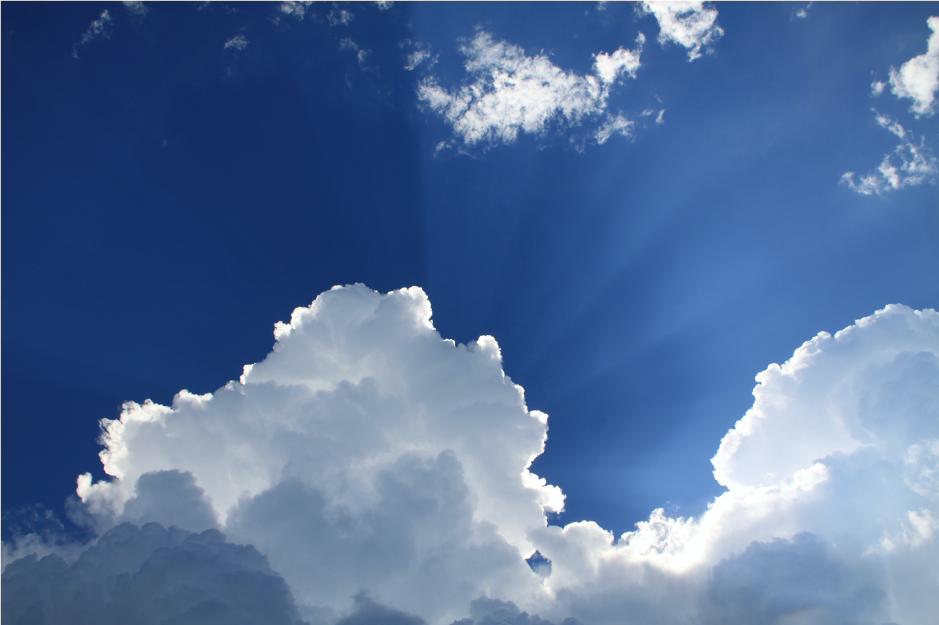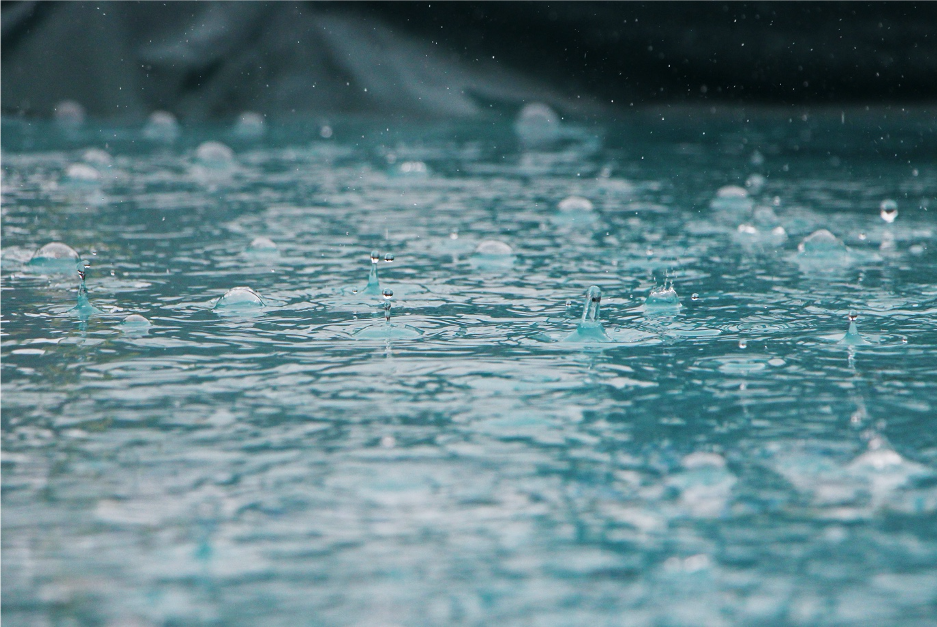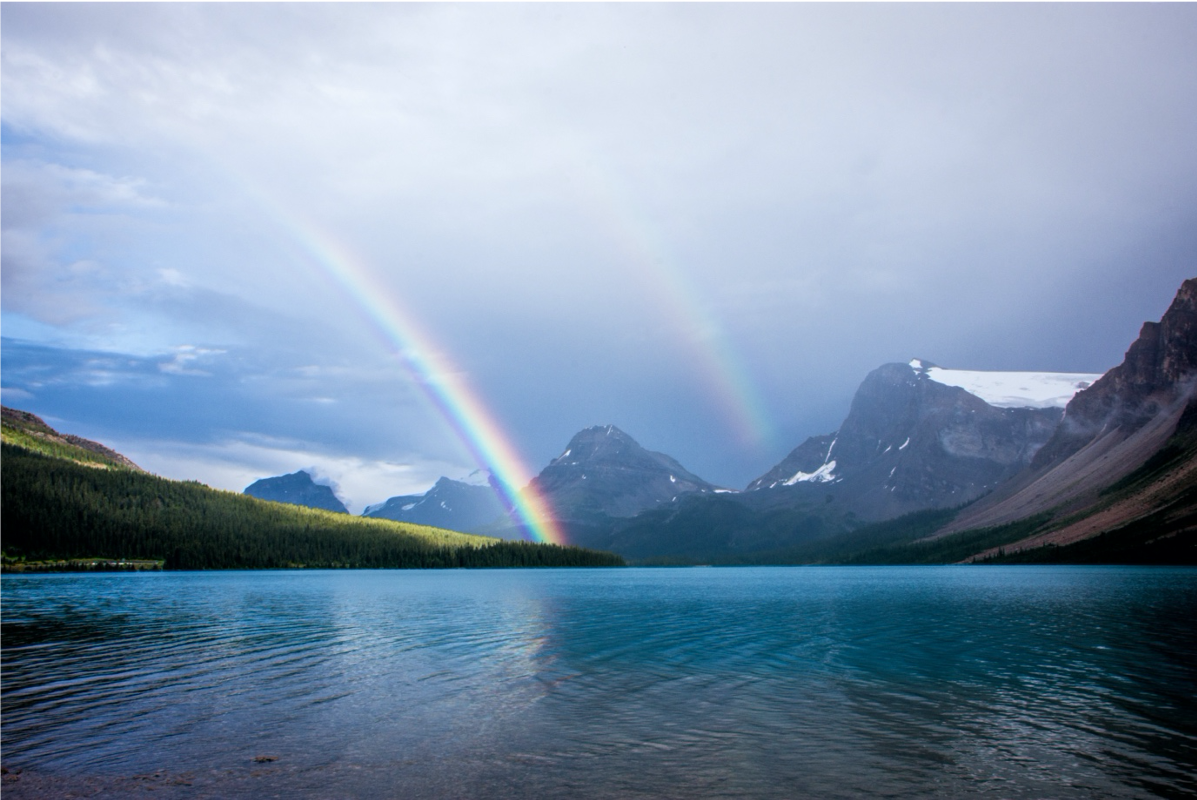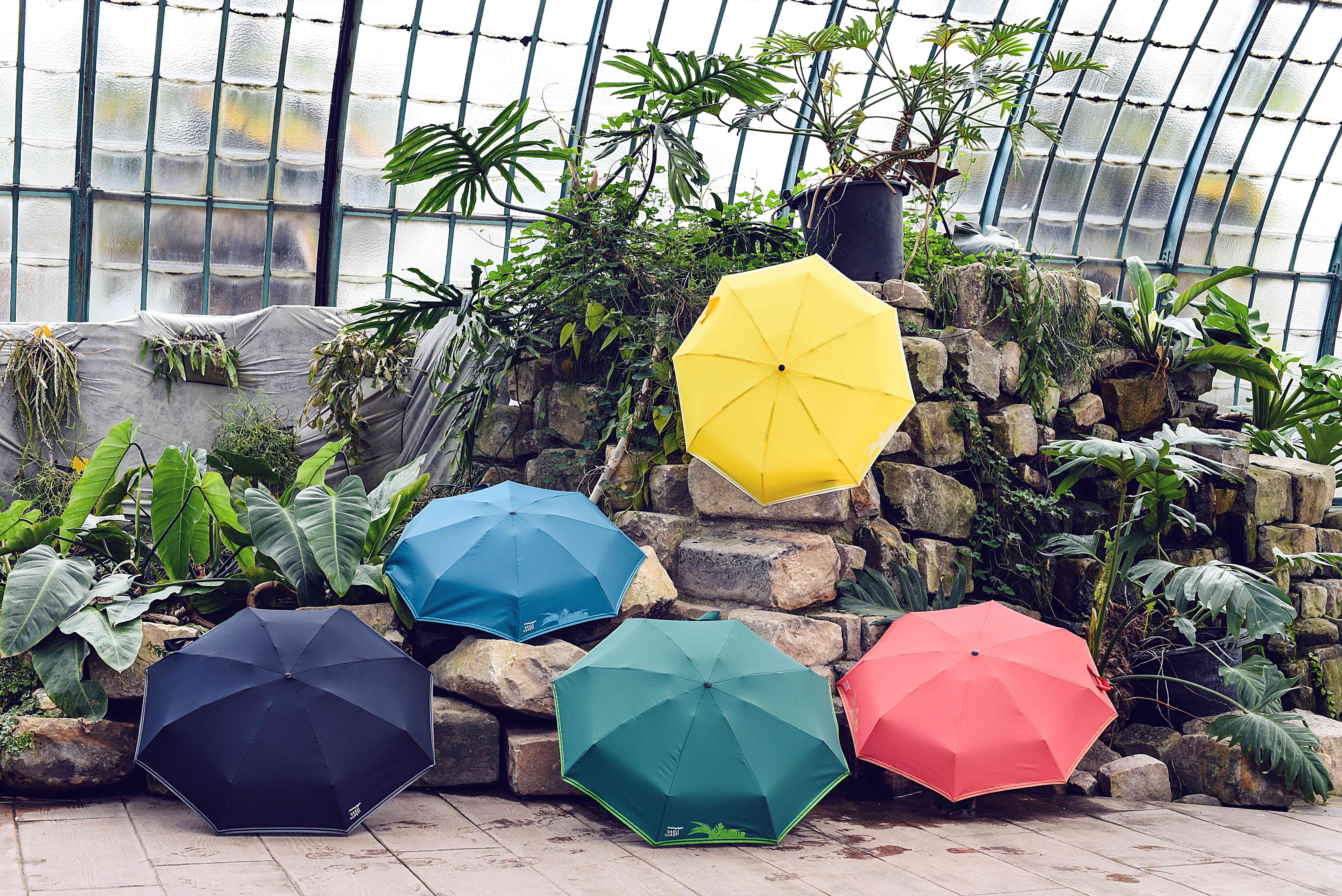Why we should all appreciate clouds, rain and rainbows!
As it was ‘World Meteorological Day’ on the 23rd of March, you must have wondered about meteorological phenomena and how they work.
For example, whilst standing under your Beau Nuage umbrella, you might have thought: How do clouds form? And why does it rain? So, let’s see! It goes without saying that Beau Nuage is a brand that is obsessed with clouds and rain. Even the brand’s name: Beau Nuage translates to ‘beautiful cloud’ from French! So, there is no better place to find the answers to your meteorology questions, than on the Beau Nuage rainy blog!

So, how do clouds form?
According to NASA’s Earth Observatory, around 67% of the Earth’s surface is constantly covered by clouds, so it is a good idea to learn about them! Water vapour is always in the air, and when there is too much, the particles rise into the sky where the temperature is colder. Due to the change in temperature, the water vapour-which is a gas- turns to liquid water droplets. This is because cooler air can’t hold as much water vapour as the air near earth, which leads to saturation, which creates this condensation. In the sky, these liquid particles attach onto dust and other particles in the sky.
As they are made out of water, when this process happens with millions of particles in the same region, clouds turn white. But why does air rise in the first place? Namely due to sunshine, which makes the air warmer, and warm air tends to rise. Other reasons include: air travelling over hills and mountains, weather fronts (when warm and cold air meet, the warm air rises), turbulence or convergence (when streams of airflow meet and are forced to rise to the sky when they collide), when it is so turbulent, and you need an umbrella too, there is no better umbrella to use than a Beau Nuage, which is extremely wind resistant and strong, even the foldable models! If you are hungry for more information about clouds, here’s a video which further goes into the scientific elements: https://www.khanacademy.org/partner-content/nova/clouds/v/makingofacloud

How does this lead to rain?
Water vapour is initially created by the sun causing water on the earth’s surface to evaporate and turn into a gas. This then creates clouds (as explained above), but it’s what happens inside the cloud that then creates rain.In the clouds, the water droplets stick to each other and grow, and they become too heavy to be held in the cloud, so they fall to the ground as rain. This is when you need to take out your Beau Nuage umbrella, as its thick canopy has a Teflon ® coating, making it highly water repellent, and can easily dry by itself in its patented absorbent cover!
Through this process, the rain cycle is created, as the rain which falls is evaporated again and goes back into clouds, which is why the overall amount of water on Earth has been the same for 2 billion years!

Do these processes also create a rainbow?
Rainbows are rare, extraordinary experiences, which is why they need very precise steps to happen! The position of the sun and the raindrops in relation to the observer need to be as follows:
1. The sun should be behind you,
2. The sun needs to be low in the sky, as the lower it is, the better you’ll see the arc,
3. Some form of water droplets e.g rain or fog need to be in front of you, so that the water is opposite the sun.
Once these criteria are met, you see the colours of the rainbow because the sunlight shines onto the water droplet, and with the process of refraction of the coloured light, the colours of the rainbow reflect back from the droplet, The order of these colours is due to the amount each of the 7 colours is bent in the water droplet! If you love rainbows, you’ll love Beau Nuage umbrellas, which come in a range of colours to match any outfit and style, enough to create a rainbow!

Now that you know how all these wonders of mother nature are created, you can celebrate the World Meteorological Day with more admiration and enthusiasm!